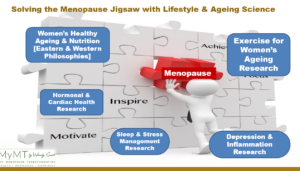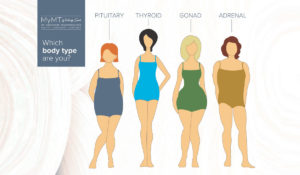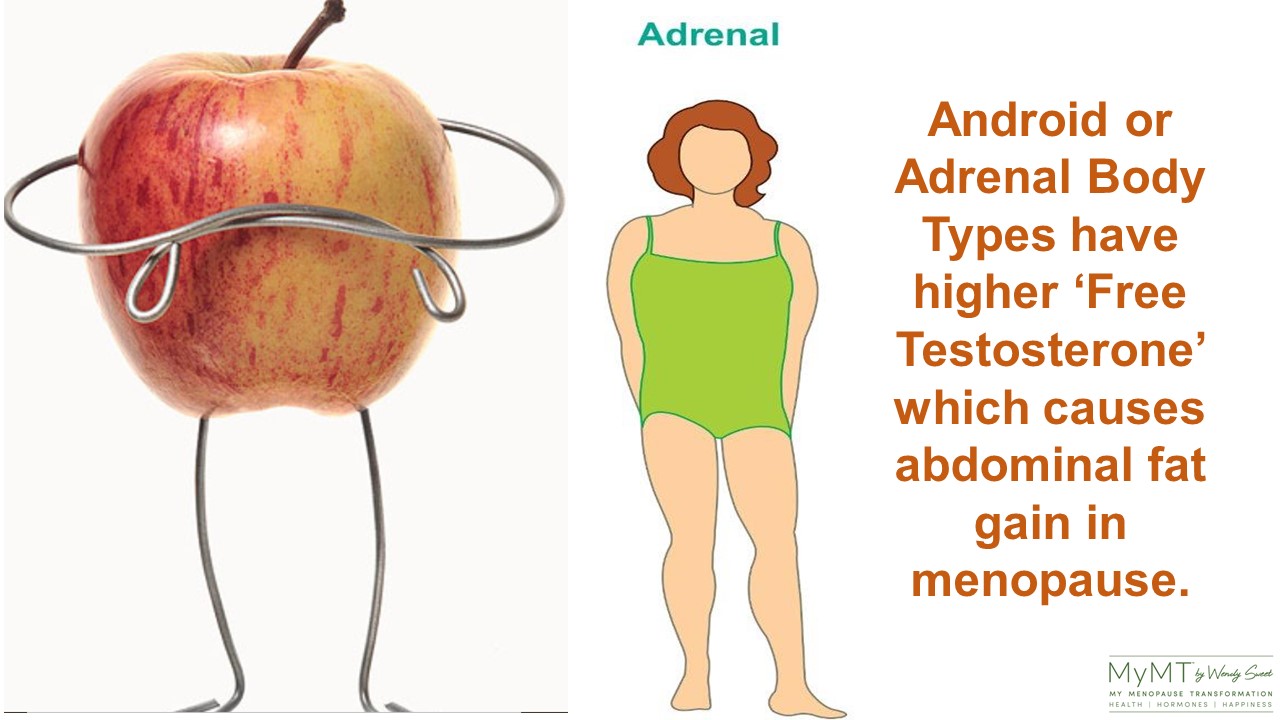Hi MyMT™ Followers – it’s been a busy week for me with travel over to the beautiful Bay of Plenty to take some workplace wellness sessions this week. This is a topic that isn’t always on the agenda for companies, but if there are middle-age women in the workplace, then it should be! So a huge shout-out to the Bay of Plenty Regional Council for hosting me this week. I loved presenting to your team in your lovely new council building.

I’m always so inspired to present my take on menopause to women who attend, because I know that by the end of the session, most begin to look at their menopause transition in a whole different light. As I mention, “menopause is a life stage that is biologically programmed into our brain and body and it is the opposite of puberty, so why are we ending up on so many medications and expensive supplements?” – I love how the comprehension lifts enormously.

That’s when I take them through the nutritional, physical and socio-cultural changes that have influenced us over our lifetime and how these external influences affect our changing mid-life hormones too. But there is more to this story which is being forgotten and this was what came out of my women’s healthy ageing studies. It’s the changes that occur in other parts of our body when the production of oestrogen and progesterone declines as part of our natural ageing. These natural biological changes that occur as we age are programmed into every cell in our body and as such, are important to understand as part of the menopause puzzle too. That’s why positioning menopause in ageing research changed my life, as well as the lives of women on the MyMT programmes. In designing these programmes, I pulled together research from numerous disciplines that allowed the real picture of our symptoms in menopause to unfold! For example, who knew that our joints have oestrogen receptors, so these change in menopause too and that our liver shrinks in size and volume as well! This knowledge is powerful. But so too, is understanding the real reason that our weight goes on and for many of you who are ‘apple-shaped’, this is all to do with testosterone production, not oestrogen production.

Menopause symptoms arise because there is a ‘perfect storm’ between our changing hormones clashing with our modern lifestyle. This is why for many women, their weight is thrown into disarray. Whilst this is partly to do with their genetically determined body shape, it’s also to do with another hormone that doesn’t get talked about in menopause, and that is testosterone.
I was thinking about all of this when I was revising the exercise videos for the Rebuild My Fitness programme this week, because in this separate 12 week programme, I have Body-Type specific exercise plans.

When I was a young Personal Trainer in a previous career, I had no idea about Body-Type exercise routines. But working in the world’s largest fitness club at the time, (Les Mills World of Fitness in Auckland, New Zealand) throughout the 1990s and the early 2000’s, served as a perfect environment for understanding body types. I knew from observation that some women who wanted to manage their weight suited resistance training routines whilst others suited cardio and the wonderful dance-based exercise classes that were dominating women’s fitness environments at the time. Some women looked strong and athletic; some women were thin, some women had larger hips and thighs, some women were what I called ‘cuddly’ – their weight was around their belly. At the time, the sport and exercise research wasn’t teaching body-typing, which is called somato-typing. But these days it is, or at least should be, part of a usual curriculum for exercise and health professionals and understanding body-typing should also be part and parcel of nutrition courses too.
The reason I say this, is because numerous studies show that your body shape and your weight is not just dependent on your genetic metabolic rate. Both weight and body shape depends on a complex interaction between your hormones too.
Early studies into Body-types determined that there are basically two main body types – ‘Android/ Adrenal’ and ‘Gynaeoid/ Gonad’. In other words, Apple and Pear. Today however, researchers have added two more categories, ‘Thyroid’ and ‘Pituitary’.

Over the next week, in my private coaching communities, I’m talking about these different Body-Types because what we eat and how we exercise depending our body-types is important to understand and manage during menopause. For example, those of you who might be struggling to lose weight, you may well be like me, and categorise yourself as ‘Android or Adrenal’.
The ‘Android Woman’ is bigger in the upper body. She very easily becomes overweight as fat accumulates on the abdomen, chest, neck and arms. If this is you, then your cardiac and metabolic risk for Type 2 diabetes increases the more weight you put on, especially if you are in post-menopause. The issue with the ‘Android or Adrenal’ woman is to do with testosterone. She produces a bit too much and yes, those hairs on the chinny, chin, chin are a dead giveaway! As she moves into post-menopause, she also produces more testosterone, so the weight continues to go on. Android women have typically been active and ‘sporty’ in the past but the Android or Adrenal Body Type can very quickly lose muscle during menopause. This leads to dangerous fat gain around the abdomen and trunk. The path towards post-menopause cardiovascular disease or Type 2 diabetes is set.

I’m this body type too. As the oestrogen came flooding into my young body in my teens, I didn’t understand why many of my friends remained flat-chested, but I was getting bigger breasts and abdominal fat. This was uncomfortable as I loved sports. I was also conscious of my breasts getting bigger and started to become quite round-shouldered (does this ring a bell for some of you larger women too?). Taming the belly fat over the years has been a challenge, including after pregnancies. But now, based on newer Body-type research, I blame the testosterone. When women are higher in testosterone they put on belly fat easily. They become an apple.

But surprisingly, an apple is also part of what we should eat. I wish I had known about this Finnish study from the late 1980’s earlier (shown in the image above). Back in the day, it was a landmark study in understanding the effect of freely circulating testosterone, that contributes to weight gain in the Android woman. It discusses why Android women don’t need a lot of animal protein. They need healthy, high fibre carbohydrates, grains and vegetables.
“Intakes of protein and fat were positively correlated with high Free Testosterone (FT), whereas the intakes of carbohydrate, grain, total fiber, and grain fiber showed the opposite correlations. Protein intake was positively correlated with percentage FT (%FT).”
If you are an Android Body Type, then the Mediterranean Diet is what you need to stick with. I support this type of nutrition on my programme and have modified it to better suit us in menopause, especially for those who want to manage their abdominal weight gain.

When it comes to nutrition, Android/ Adrenal women need to be careful about their intake of high cholesterol foods. They need to stick as much as possible to fish, healthy grains (I suggest oats and brown rice in the programme to help stabilise blood sugar levels and improve cardiac health), a little bit of sourdough bread, low-fat red or white meat only 1-2 times a week, small amounts of fruit (in the morning). I encourage women on my programme to stew apples without sugar and add them to their oats in the morning. Vegies, salads and soups are great for Android women as well.
Android women don’t necessarily have a sweet tooth, but must manage their blood glucose levels so that they don’t crave salty foods and high cholesterol foods. All this does is to cause the over-stressed adrenal glands to pump out more testosterone.
The right nutrition, exercise, deep breathing and stress management are all part and parcel of solving the weight gain jigsaw for you lovely android ladies. If we don’t lose our belly fat as we go through menopause or when we are in post-menopause, our risk for heart disease, Type 2 diabetes and stroke increases. But the good news is that you can turn this around, as Dianne did as well – she is/ was an ‘Android Woman’ too.  My private coaching communities are a hive of activity and I love how the hundreds of women from all over the world, check in with my posts each week. There is so much support and motivation in these groups as well. Every week I try to have a different ‘theme’ or topic and this week’s theme is ‘Body-Types’. Over the next week, I’m going through all the Body-Type nutrition and exercise in my two different coaching communities. One of these communities is for women on either of the Circuit-Breaker or Transform Me programmes and I have a different coaching community for those women who want to build up their exercise again after they have resolved their symptoms and/or lost weight. In the exercise programme called ‘Rebuild My Fitness’ I have exercise routines that differ depending on the Body-Type of women.
My private coaching communities are a hive of activity and I love how the hundreds of women from all over the world, check in with my posts each week. There is so much support and motivation in these groups as well. Every week I try to have a different ‘theme’ or topic and this week’s theme is ‘Body-Types’. Over the next week, I’m going through all the Body-Type nutrition and exercise in my two different coaching communities. One of these communities is for women on either of the Circuit-Breaker or Transform Me programmes and I have a different coaching community for those women who want to build up their exercise again after they have resolved their symptoms and/or lost weight. In the exercise programme called ‘Rebuild My Fitness’ I have exercise routines that differ depending on the Body-Type of women.

For those of you thinking about coming on board, then come join me so that you can enjoy your learning as well. Knowledge is power when it comes to our stage of life and too many other programmes take a ‘one-size-fits-all’ approach without targeting our specific needs in mid-life. I used to find that too.
Have a wonderful weekend, where-ever you live in the world. Email me from the website if you have questions.

